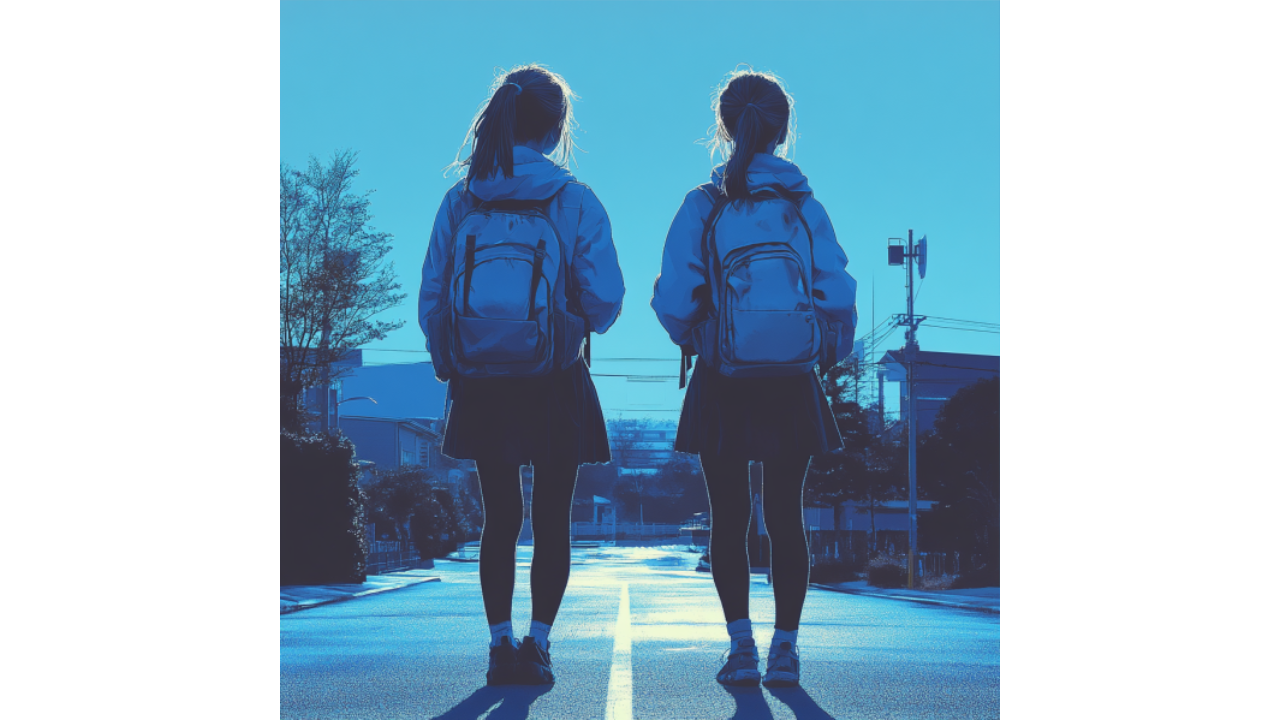Marketing for Autism: Virtual Worlds as Safe Spaces
A 23-year-old autistic woman told me she does 90% of her socializing in VRChat, a virtual reality platform.

Advertising to and about people with autism requires a delicate balance of authenticity, respect, and understanding. The narrative surrounding autism has too often been dominated by stereotypes or oversimplified representations. Today's marketers have both an opportunity and responsibility to tell more nuanced, truthful stories that reflect the diverse experiences of people with autism. The following storytelling approaches offer frameworks for creating meaningful, impactful advertisements that resonate with the autism community while educating broader audiences.
Let's talk about ways you can position stories so they resonate more meaningfully with autistic audiences.
A day-in-the-life story following someone with autism navigating and celebrating small but significant personal victories. Focus on the individual's unique coping strategies and problem-solving skills, showing how they've developed their own effective ways of handling daily challenges.
Chronicle the journey of an autistic professional who has created innovative workplace accommodations, benefiting both themselves and their neurotypical colleagues. Highlight how their different perspective brings unique value to their organization.
Take viewers through a first-person perspective of how someone with autism experiences the world, emphasizing not the challenges but the rich and unique way they process sensory information. Show how this different perspective enriches their life and work.
Tell the story of a family that has grown and adapted together, focusing on how having a member with autism has enhanced their communication, understanding, and appreciation for different ways of being in the world.
Showcase an autistic artist, musician, or creator whose work is influenced and enhanced by their unique way of perceiving and processing the world. Emphasize how autism influences their creative process and output.
Share the story of a friendship between an autistic and neurotypical person, highlighting how they've learned to understand and appreciate each other's communication styles and perspectives.
Profile someone with autism who has leveraged their intense focus and pattern recognition abilities to develop innovative technology solutions. Show how their different way of thinking leads to breakthrough innovations.
Follow an athlete with autism who has found their niche in sports, whether traditional or adaptive, showcasing how physical activity and competition have enhanced their life and connections with others.
Tell the story of a successful collaboration between an autistic student and an educator who worked together to develop effective learning strategies, benefiting the entire class in unexpected ways.
Profile someone with autism whose heightened sensory awareness has led to innovations in environmental conservation or sustainable living practices.
Showcase an individual who has created or contributed to building inclusive spaces or programs that bring together people with and without autism, fostering understanding and connection.
Share the journey of someone with autism who has turned their specific food preferences or sensitivities into a positive, whether through cooking innovations, restaurant recommendations, or dietary awareness.
Profile someone who has developed clothing or accessories that address sensory needs while maintaining style and self-expression, helping others feel comfortable and confident.
Tell the story of a person with autism who has developed a special bond with animals, leading to work in animal care, therapy, or advocacy.
Showcase how someone with autism has used digital platforms to build meaningful connections and community, breaking down traditional social barriers.
Share the story of an individual who has found peace, purpose, and connection through working with plants, possibly leading to innovations in therapeutic horticulture.
Profile a musician with autism who uses their unique auditory processing abilities to create or experience music in novel ways, enriching the musical world for others.
Follow the journey of someone with autism who has developed innovative ways to navigate travel challenges, possibly creating resources to help others explore the world.
Showcase how an autistic perspective brings unique insights to scientific research, highlighting how different ways of thinking advance our understanding of the world.
Share the story of someone who has created unique home modifications that address sensory and organizational needs while maintaining aesthetics and functionality.
When developing these stories into advertisements:
The key to creating effective advertising that resonates with and about the autism community lies in authentic storytelling that celebrates neurodiversity while acknowledging real experiences. These narratives should move beyond awareness to acceptance and appreciation, showing how different ways of experiencing and interacting with the world enrich our collective human experience. By focusing on real stories that highlight the unique perspectives, abilities, and contributions of people with autism, advertisers can help shift the narrative from one of difference and deficit to one of diversity and strength. The most successful campaigns will be those developed in close collaboration with the autism community, ensuring that the stories told are both authentic and empowering.

A 23-year-old autistic woman told me she does 90% of her socializing in VRChat, a virtual reality platform.

Marketing products designed for children on the autism spectrum requires sensitivity, empathy, and a deep understanding of the challenges faced by...
.png)
Effective communication is crucial in marketing and advertising, especially when addressing diverse audiences. For autistic individuals,...